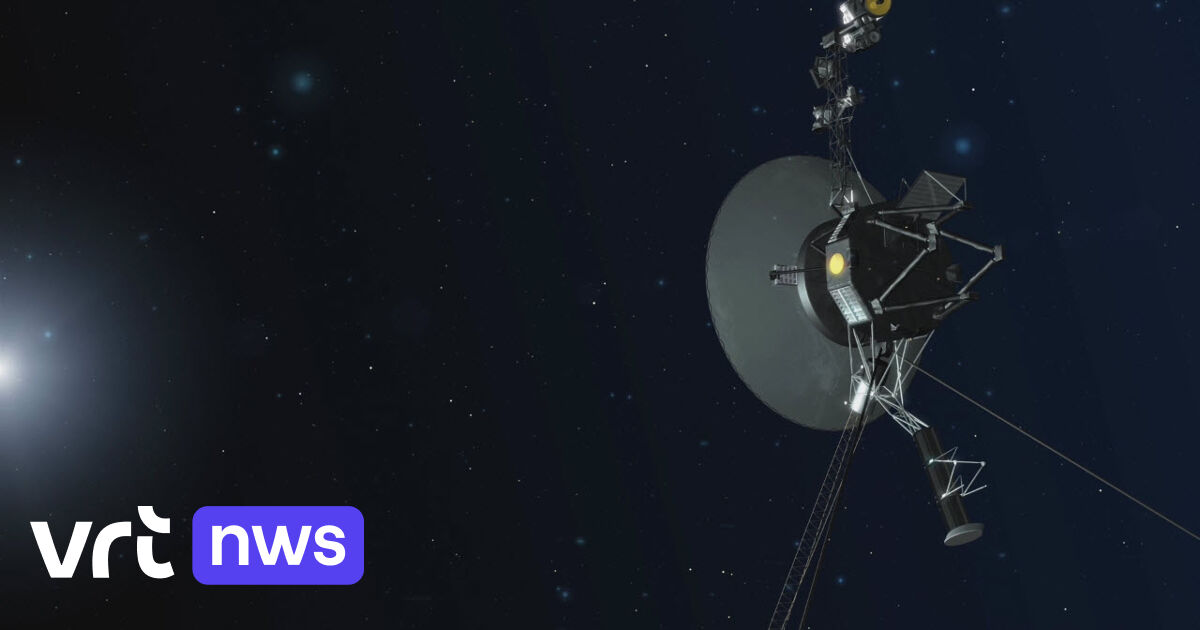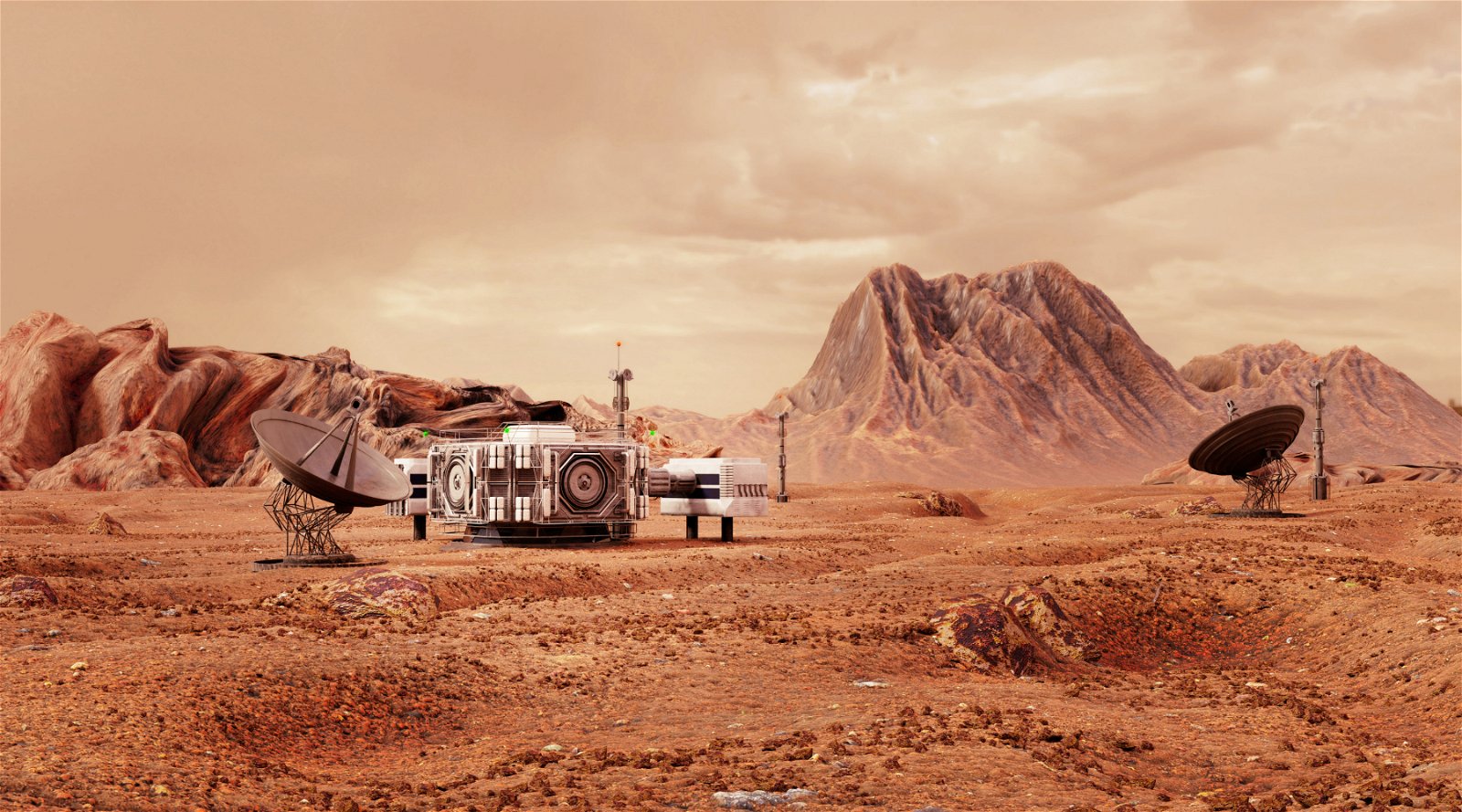Artificial intelligence is able to recognize certain patterns in geographic data, which can determine the presence of life on Mars. This is evidenced by experiments in the Atacama Desert in Chile, which is very similar to the plains of the Red Planet.
Why is this important?
The search for life on Mars has been going on for many years and is being carried out by many space agencies, including NASA and the European Space Agency. So any technological breakthrough that can shed light on this issue – and save a lot of money – is very welcome for experts in this field.the essence: Artificial intelligence and machine learning can greatly assist researchers in finding signs of life on Mars.
- An international team of researchers led by astrobiologist Kimberly Warren Rhodes SETI Institute He explains that these tools can identify “hidden patterns” in geographic data that could indicate the presence of life.
Our research allows us to combine the power of statistical ecology with machine learning to discover the patterns and rules by which nature survives and pervades across the world’s harshest landscapes. Using these models, we can design custom roadmaps and algorithms to direct rovers to the places where past or present life is most likely to be found, no matter how hidden or rare it may be.
Kimberly Warren Rhodes, astrobiologist, in a Article from the SETI Institute.
- In the future, it may be possible to automate the use of machine learning algorithms and models to detect different types of habitable environments and biosignatures (proof of life).
- These technologies could be carried on planetary robots to help mission planners find areas most likely to harbor life.
- This would reduce the number of failed tasks, which cost huge amounts of money.
the details: The team tested these tools by mapping life hidden in the salt domes, rocks and crystals of the Salar de Bajonales, on the border of the Chilean Atacama Desert and the Altiplano.
- It is a former riverbed, and is one of the driest places on Earth, having not rained in decades, and thus comparable to plains on Mars.
- At an altitude of 3,541 metres, it is exposed to a lot of ultraviolet radiation.
- It’s also low in oxygen, extremely dry, and salty…but there’s underground life hidden in the mineral formations.
There are more: Scientists also use drones to take aerial photos, which are then converted into 3D models.
- All this information is then fed into “convolutional neural networks” to train the AI to recognize structures in the terrain that are most likely to contain life.
- These tools allowed the researchers to correctly identify biometric prints in 87.5 percent of cases.
- This reduces the area of terrain on Mars that must be explored to search for life by 85 to 97 percent.
What are the current tasks?
NASA has several ongoing and future missions to Mars, all aimed at better understanding the Red Planet and determining whether or perhaps life exists there.
- The Mars 2020 mission, which sent the Perseverance rover to Mars in February 2021, is equipped with advanced scientific instruments to analyze the planet’s soil and rocks. Its mission is to study the geology of Mars and map its landscape.
- The rover is also equipped with a drone called Ingenuity, which conducts reconnaissance flights over the planet’s deep fault lines.
- The European Space Agency initially planned a mission in 2022, ExoMars Which will send a rover to Mars to conduct advanced scientific analyzes and search for signs of life.
- However, the war in Ukraine forced the European Space Agency to suspend the mission. She is now planning on the mission 2028 to appeal.
- In addition to space missions, scientists also use telescopes to better study Mars and discover possible signs of distant life.
- the Hubble Space Telescope Used to study the atmosphere of the Red Planet and to monitor dust storms on its surface.
- the Keck telescopeone of the largest optical telescopes in the world, studies the surface and atmosphere of Mars.
- the A very large telescope (VLT), a group of four giant telescopes in Chile’s Atacama Desert, analyzes features of the planet’s surface.
- the Mars Reconnaissance Orbiter It is a NASA spacecraft that has been orbiting Mars since 2006.
(fjc)

“Thinker. Coffeeaholic. Award-winning gamer. Web trailblazer. Pop culture scholar. Beer guru. Food specialist.”






More Stories
Lenovo launches new “AI-ready” ThinkPad workstations.
Telltale Games says The Wolf Among Us 2 isn't dead and releases new in-game screenshots as proof
It seems that scientists finally know what happens to methane on Mars